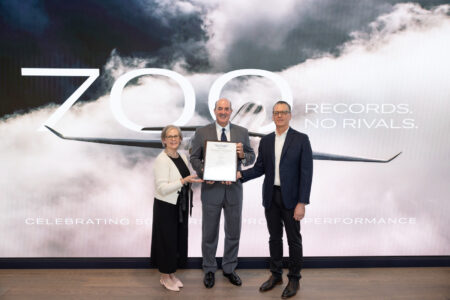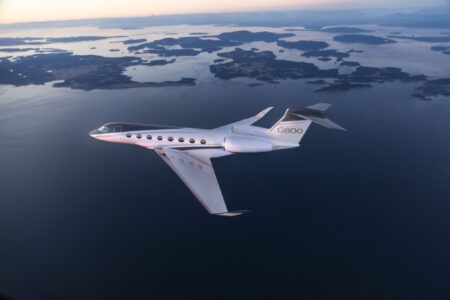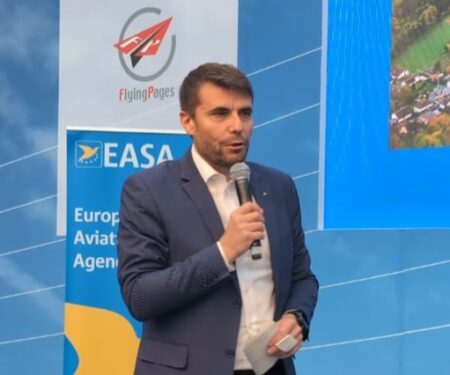A report by Frost & Sullivan on the economic progress of Malaysia has highlighted an opportunity to grow the business aviation industry in the country.
According to the report, a growing number of high-net worth individuals, coupled with regional dynamics in the region whereby existing aviation hubs in Singapore and Hong Kong are giving preference to commercial flights, means the potential to grow business aviation in Malaysia is at its peak.
The report showed that Sultan Abdul Aziz Shah Airport at Subang is the most favored choice among industry stakeholders for the next business aviation hub in the region.
“Subang is already the most frequently used business aviation airport in Malaysia and it has potential to develop even further,” said Nishant Dey Purkayastha, consultant at Frost & Sullivan.
Frost & Sullivan estimates that the business aviation fleet owned and used by Malaysians, which stood at 51 jets in 2017, can potentially reach to 124 jets by 2030.
“However, the industry has several roadblocks that need to be mitigated to realize the full potential. Regulatory issues related to registration, financing and cabotage policy are major roadblocks,” continued Nishant.
“For instance, only 30% of the fleet based out of Malaysia are registered in the Malaysian registry. The others are registered in other countries. This hampers the domestic charter industry as the internationally registered jets cannot be used for domestic operations. Other hurdles are in the form of infrastructure related issues and operational issues.”
The availability of a complete ecosystem, including charter operators, authorized maintenance centers, fixed-based operators and parking space, were key reasons that helped Singapore and Hong Kong to emerge as hubs for business aviation.
“Subang currently does have a decent ecosystem, with some leading global names such as ExecuJet and Hawker Pacific, as well as established local players like Smooth Route, Sapura Aero and Redland Aviation. However, some aspects of the value chain such as painting and modifications, flight simulation and training, and parts distribution and logistics are missing. Malaysia will need to attract investments to fill up the gaps and complete the ecosystem,” Nishant added.
Currently, Subang’s annual business jet movement stands at around 3,200 but if the issues in the ecosystem in Malaysia can be addressed, the annual business jets movement in Subang can potentially reach a figure of 9,299 by 2030, according to Frost & Sullivan.
By Hazel King
August 7, 2018





